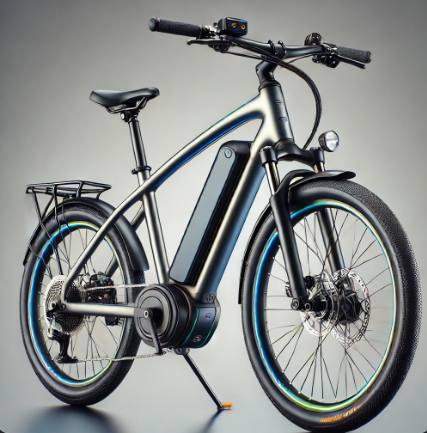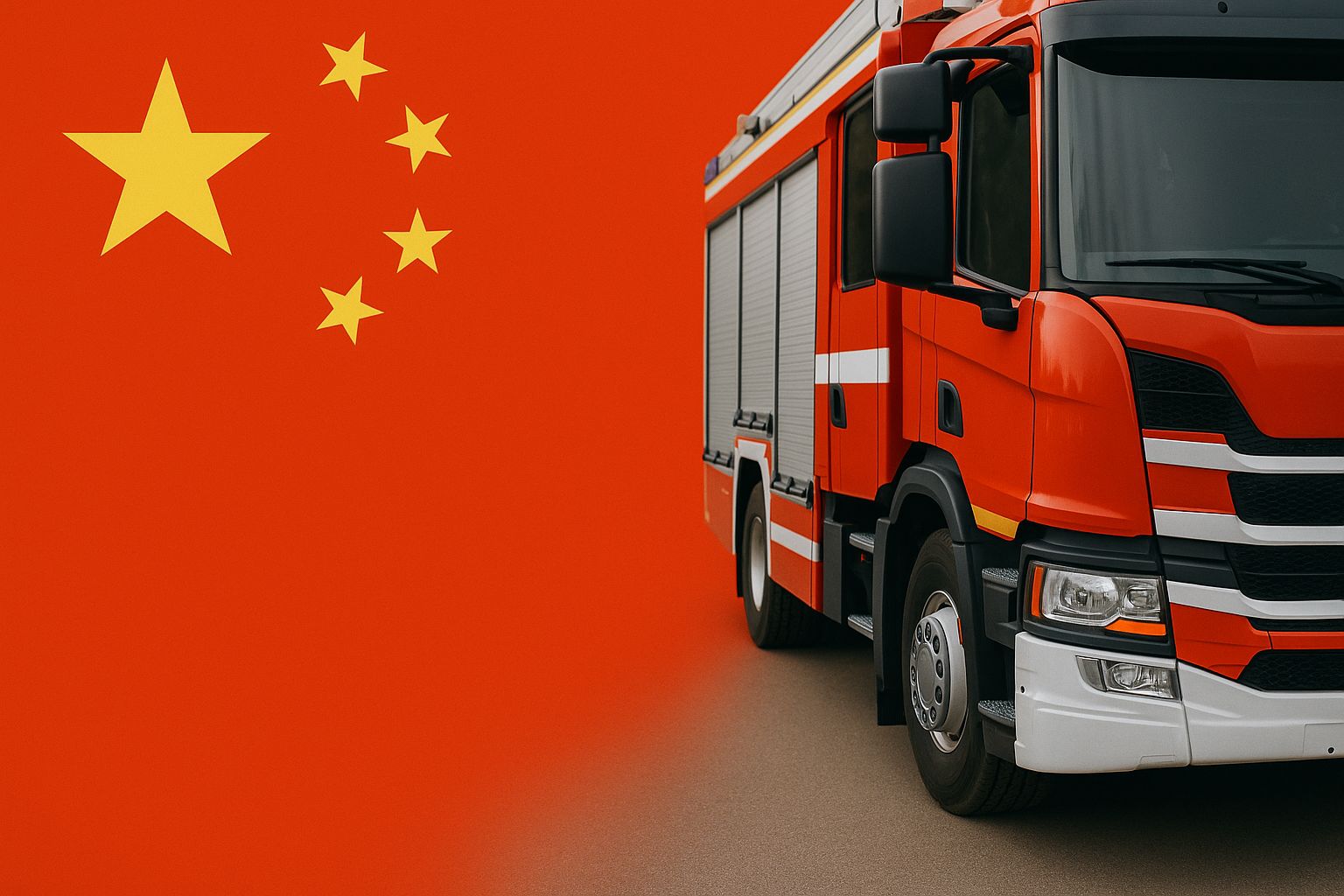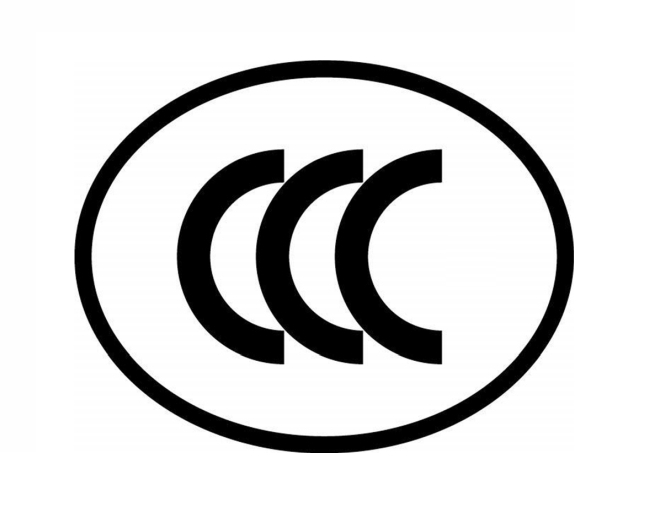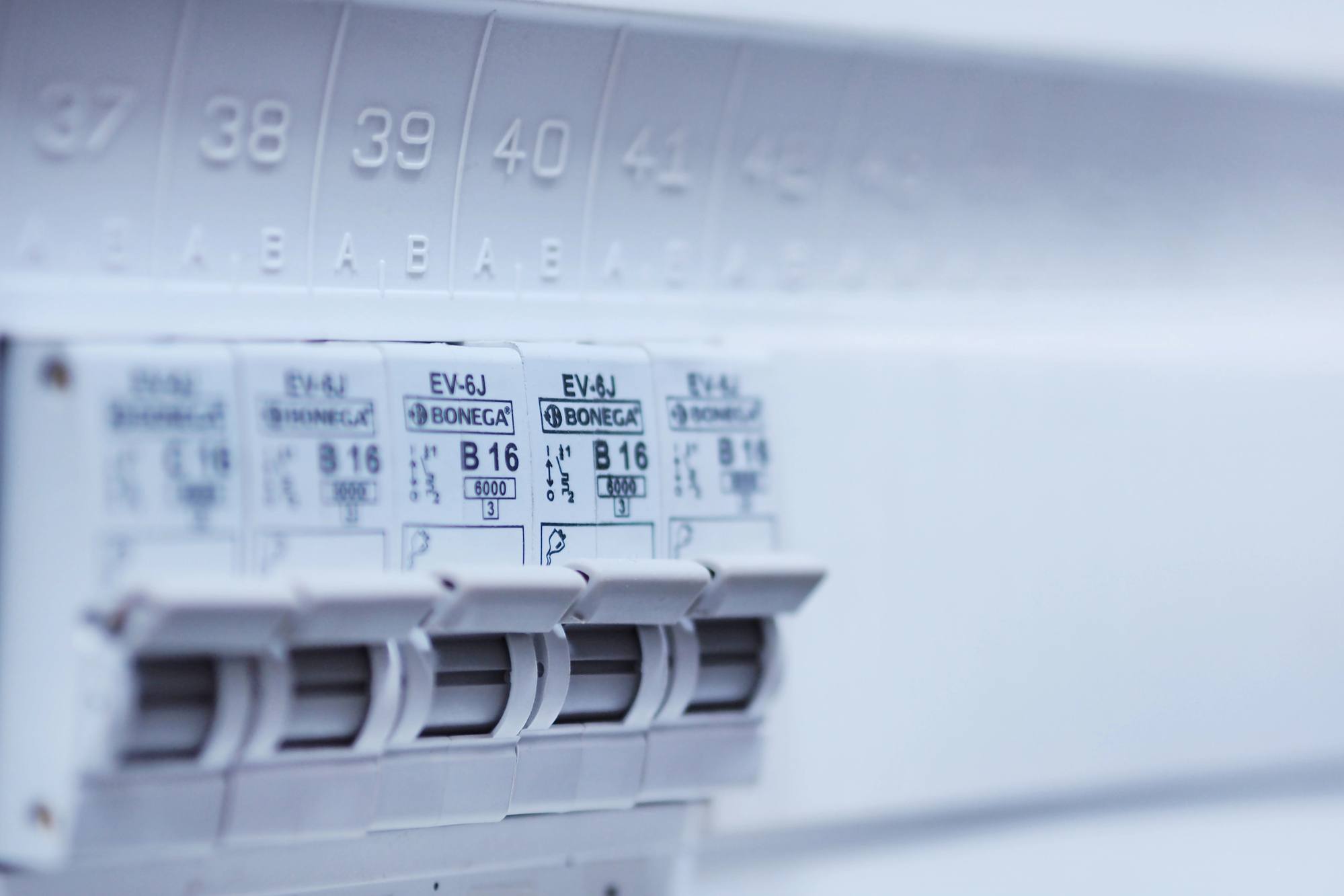Steel sector in China shows increased production during 2020
25. February 2021The steel sector in China saw a slight increase during the first 10 months of 2020, according to industry data analysis. Crude steel output grew 5.5 percent year-on-year and now stands at 874 million tons, the China Steel and Iron Producers Association reported. Pig iron output increased 4.3 percent year-on-year and now stands at 742 million tons. The association expects that by the end of 2020 more than 1 billion tons of crude steel could be produced. This represents an annual increase from 3 to 5 percent.

In 2018, China was the world’s largest steel producer, responsible for more than half of global steel production. China produced around 928 million tons of steel in 2018, doubling its capacity in ten years. Six of the top ten steel producers are located in China. Domestic iron ore mining was still able to meet demand until the early 1990s, but was soon overtaken by imported iron ore. The majority of steel production takes place in numerous smaller industrial centers, the largest of which is located in Anshan in Liaoning Province.
China’s steel exports peaked in 2015 at 110 million tons. After that, the volume slowly but steadily declined. In 2018, the volume was only 66.9 million tons, an increase of 9 percent compared to the previous year. As early as 2012, while the Chinese steel industry was still being established, numerous countries imposed anti-dumping duties to make it more difficult to import cheap steel from China. For 2018, the Chinese steel industry reported profits of around $70 billion, up 39 percent from the previous year. Domestic demand for steel remains stable, partly due to numerous infrastructure and construction projects in Xinjiang Autonomous Province in western China. The central government has set up several special economic zones there around the provincial capital of Urumqi, as well as pressing ahead with the expansion of the international airport and a station for high-speed trains.
Certain product groups such as steel and iron products must be awarded a CCC certificate in order for the products to be exported to China. The CCC certificate was introduced in 2002 and applies to both imported and Chinese products. The Chinese CCC is comparable to other certifications for standardizing product quality, such as the European CE system, but there are important differences.
For more information on how CCC certification, the CCC Self-Declaration and voluntary CCAP or CQC certification may affect your company, or for more information about CCC certification in general, the process, and the associated costs, please visit our website and our News Section where you will find current updates twice a week.
Please do not hesitate to contact us for further details and consultation. You can contact us via e-mail, or call us (UK: +44 2071931135, Rest of Europe: +49 69 2713769150, US: +1 773 654-2673).
Please don’t hesitate to also use our chat-window in the bottom right corner if you have any questions. (Please check your browser settings if you can’t see the window)
You can also check out our free CCC-Brochure, which can be downloaded right here as a PDF file or you consult our book (in English) “A Brief Guide to CCC: China Compulsory Certification”, which can be found directly here on Amazon.
Here you can download our brochure about the CCC Self-Declaration.
Here you can download our brochure about the voluntary CCAP or CQC certification.











